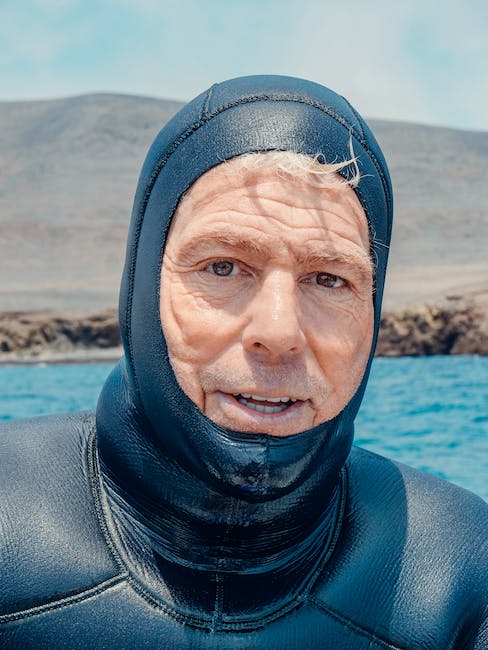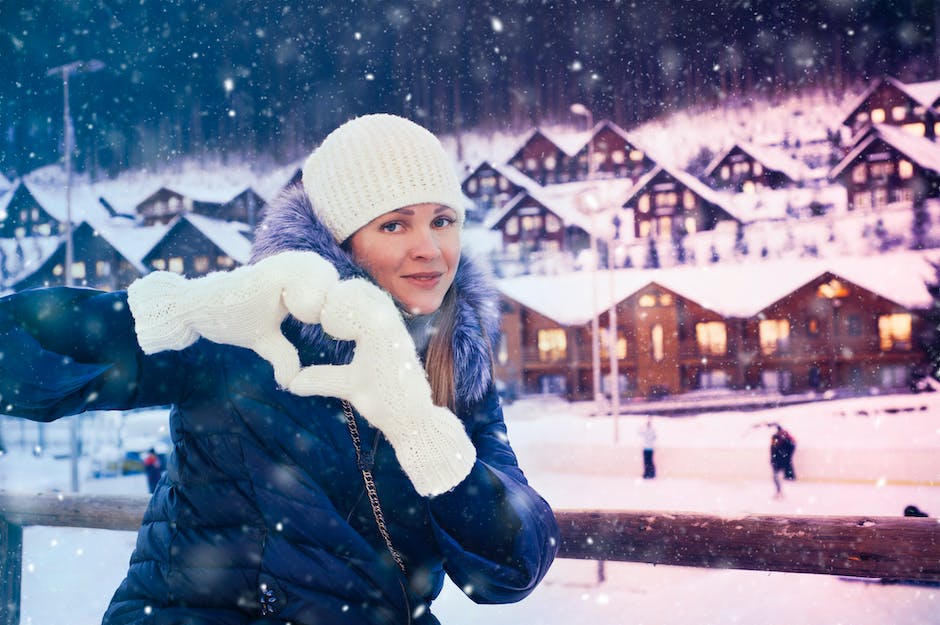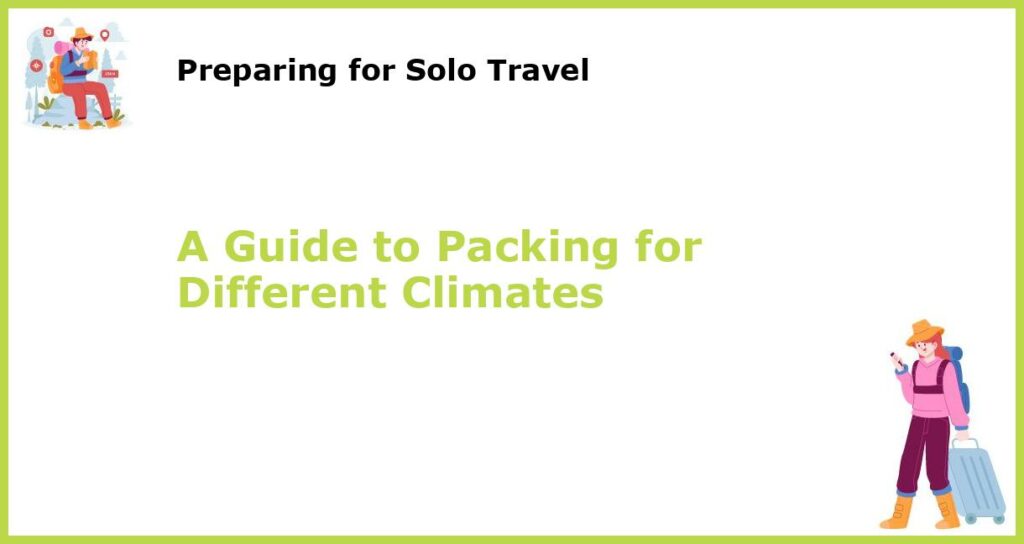Are you planning your next vacation and wondering how to pack for different climates? Don’t worry, because we’ve got you covered with this guide to help you pack like a pro!
1. The Basics

When packing for different climates, it is essential to know and understand the weather patterns in your travel destination. Check the forecast before you start packing and plan accordingly. However, keep in mind that the temperature can vary greatly from day to night in some regions, so pack clothes that you can layer.
Aside from the temperature, it is also essential to take into consideration the activities you will be doing in your destination. Are you going hiking, exploring the city or heading to the beach? Having an idea of your itinerary will guide you in packing the appropriate clothes for different occasions,
2. Layering

Layering is crucial when packing for different climates, particularly in places with unpredictable weather or temperature changes throughout the day. Choose lightweight, versatile items that can be worn together or separately. Pack at least one layer for each 10-degree temperature range you expect to encounter. This makes it easy to adjust your outfit as the weather changes throughout the day.
Some examples of the best layering clothes include thermal shirts, lightweight jackets or cardigans, and sweaters. You can also bring a scarf, a beanie, or gloves to provide an extra layer of warmth on particularly cold days.
3. Sun Protection

If you are traveling to an area with a hot climate, it is essential to protect yourself from the sun. Sunscreen, hats, and sunglasses are essential items to pack for warm climates. Protecting yourself from harmful UV rays is important, especially if you plan on being outside for extended periods. Don’t forget to reapply sunscreen often, as sweat and water can decrease its effectiveness.
Aside from proper skincare, bring clothing that will protect you from the sun’s heat. Clothes made of breathable fabrics like cotton and linen are excellent choices as they can help evaporate sweat and keep you cooler.
4. Rainy Weather

If you’re heading to a region with heavy rain, you need to pack waterproof gear. A rain jacket, umbrella, and waterproof shoes can make all the difference in keeping you warm and dry. Consider packing a waterproof backpack to keep your belongings safe as well. Waterproof gear is also an excellent investment as they can come in handy in case of unforeseen rain or snowstorms.
Another tip is to pack clothes that dry easily, like synthetic materials or polyester, as they won’t hold water for long periods. It’s also wise to bring extra pairs of socks, in case you encounter puddles on your walks or hikes.
5. Tropical Climates

The tropical climate may sound idyllic, but humidity and heat can make for uncomfortable conditions. To ensure you stay fresh during your trip, choose lightweight, breathable fabrics that allow air to flow through. Cotton and linen are great choices, but you can also opt for rayon or chambray materials.
Aside from clothes, bring along a fan, a reusable water bottle, and an insect repellent to protect yourself from mosquito bites. Insect bites may cause skin irritation or illness, and you don’t want to cut your trip short due to an insect bite.
6. Cold Weather

If you’re traveling to an area with colder climates, it may seem daunting to pack for it. However, with the right items, you can stay warm and comfortable. A good quality jacket, hat, gloves, and boots are essential for cold weather. Look for items that are lined for extra warmth.
It is essential to layer appropriately to keep yourself warm. You can wear a thermal shirt or long-sleeved shirt underneath a fluffy sweater or coat. It’s also crucial to pack scarves, beanies, and gloves to give adequate coverage to your extremities. Under-layering is key, which means ensuring that the bottom layers are well-fitted and not too tight or loose.
7. Mountainous Regions

Mountainous regions often have unpredictable weather patterns, so packing is crucial for your safety and comfort. In addition to layering, it’s important to pack items that can handle the elements. Look for waterproof and windproof gear that’s also breathable. You may also want to pack crampons or snowshoes if you plan on hiking in icy conditions.
Bring thick socks and hiking shoes that provide good traction and support for your feet. Consider packing sunglasses and sunscreen as the snowy mountain peaks can reflect the sun’s rays intensely.
8. Cultural Considerations

Another consideration when packing for different climates is to understand the cultural norms and customs of the country you’re heading to. This research can help you pack appropriately. For example, some countries may require modest dress, while others may frown upon wearing shorts or tank tops in public.
When in doubt, it is better to err on the side of caution and wear garments that are covering and conservative. You can also ask locals or your hotel staff about dress codes if you’re unsure. Avoid wearing clothes with prints, slogans or logos as it may offend the locals or attract unwanted attention.
9. Security

Packing for different climates also means being mindful of security concerns. Choose a sturdy, lockable suitcase or backpack to keep your belongings safe. Avoid packing valuables, and keep important documents, like your passport, in a secure place on your person at all times.
If you plan on carrying a backpack or purse, ensure you have a sturdy zipper, and use a lock to secure it. You can also use luggage tags with personal details or a contact number, so it’s easier to retrieve lost baggage. Finally, ensure you have a photocopy of your passport and other essential documents, in case you lose the original copies.
10. Simple Tips

Now that you’ve got the essentials understood, here are some additional tips to keep in mind when packing for different climates. First, pack a reusable water bottle to always stay hydrated, a universal power adapter to keep your devices running, and a small first aid kit to stay prepared for any emergencies.
It’s also wise to be mindful of weight limits and airline regulations when packing, so you don’t incur extra baggage fees at the airport. Consider shipping some of your items ahead of time to make your travel light and easy. Last but not least, have a checklist and cross-check it before heading out to ensure you have packed all the essential items.








 You might also be interested in those articles related to solo traveling
You might also be interested in those articles related to solo traveling